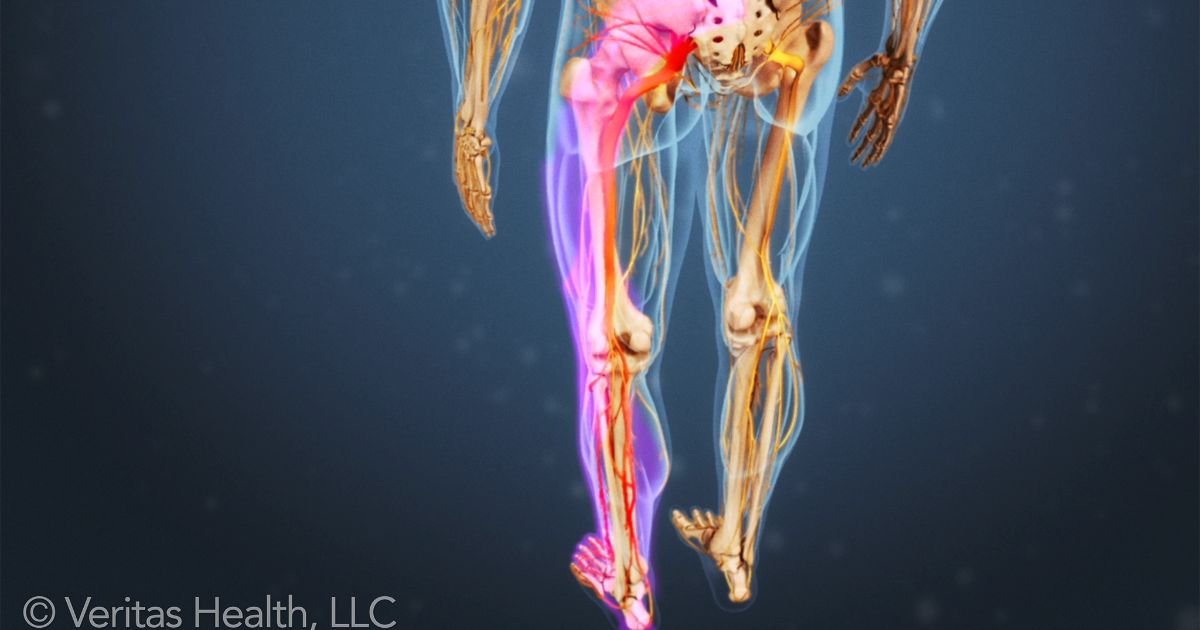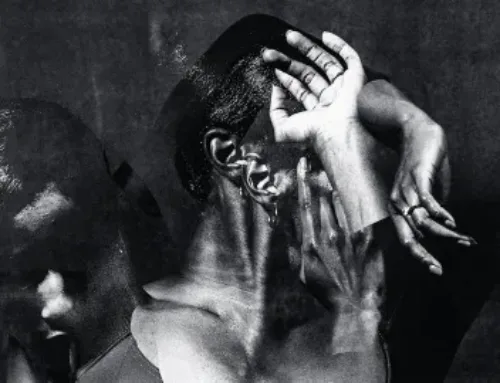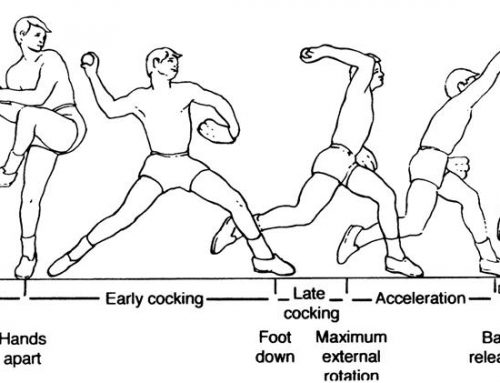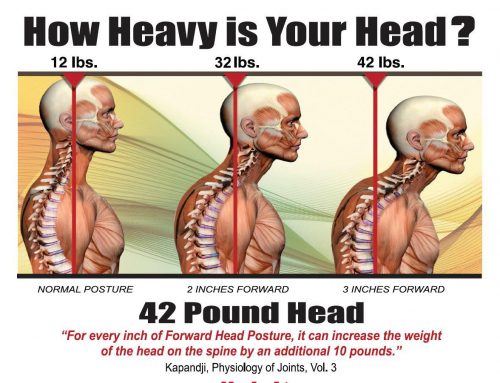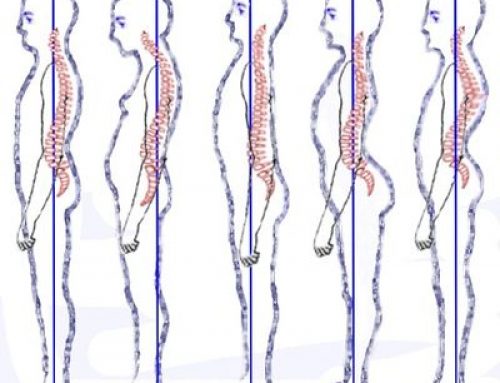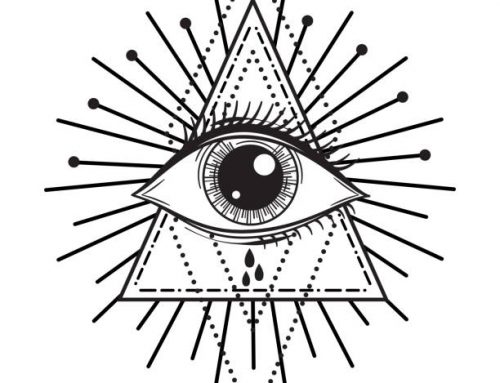The sciatic nerve is a very strong thick fibrous connective tissue. Sciatica is a form of neuralgia, which is felt as a sharp or dull consistent pain or tingling. Sciatica affects many people. The most important symptoms are radiating leg pain and related disabilities. Many synonyms for sciatica appear in the literature, such as lumbosacral radicular syndrome, ischias, nerve root pain, and nerve root entrapment. This pain is experienced along the length of the sciatic nerve, from the back of the thigh to the calf muscles. Patients report pain going from the but right down the leg. I have seen it and felt it myself on cadavers. The picture below is a far cry from the anatomy books. Everything is connected, isolation does not exist but sometimes helps us to get a sense of things and to have a focus.
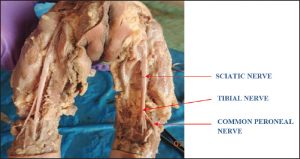
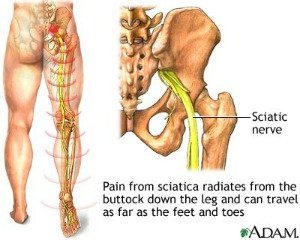
There are now a number of very expensive machines on the market which address what they feel as sciatic pain. I feel they are treating the symptoms and not the root cause, the quick fix is the easy way out the long fix takes time, energy, willingness and resources but worth its weight in gold. In about 90% of cases sciatica is caused by a herniated disc with nerve root compression, but lumbar stenoses and (less often) tumours are possible causes. Its important to look at all the bullet points below and present a bigger picture .
So if you feel you are suffering form sciatica the points i would like to consider:
- Do you have any inflammation, bowel or kidney problems going on?As that will cause pressure below as above (compression).
- Men only- Anything going on with prostrate problems? There is definate link, again (compression).
- SIJ issues can often replicate sciatic pain, are you guessing or have you bene diagnosed?
- There is always the piriformis aspect that can be impinging the sciatic nerve. Is the pain running proximal to distal?
- Trigger-points that can mimic sciatica.
- There is now great evidence that muscles that are weak on both side of the body can actually stem from the TMJ in the face so the treatment would be in the face and jaw not the symptom.
- Sciatic is often associated with piriformis and pigeon pose is often given. We are taught that performs is a lateral rotator, this depends on the angle of the hip and in the case of the pigeon or 90/90 the pirifomis actually becomes a medial rotator.
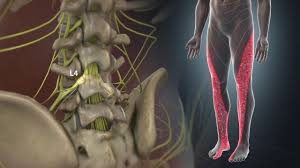
So in nut shell compression whether external or internal, sitting for long periods of time to organ mortality can contribute to your pain. I would say get moving start walking and get the body oscillators pumping. Should you stretch? Be-careful on this some stretches may help others can make the problem worse?
Make sure you have a maintenance programme something like Tai Chi or similar. If choosing Pilates and Yoga make sure you find a certified practitioner or someone who is qualified to help you. Always collaborate with your local physio, chiropractor , osteopath and GP. A few perspectives are better than one. Treat the body as a whole and look at hydration, sleep, stress, movement, food and lifestyle choices.
A recent medical study recommended that everyone stay active if they have lower back pain and sciatica. There is no evidence that advice to stay active is harmful for either acute low back pain or sciatica. If there is no major difference between advice to stay active and advice to rest in bed, and there is potential harmful effects of prolonged bed rest, then it is reasonable to advise people with acute low back pain and sciatica to stay active. These conclusions are based on single trials.
Good news for Yoga teachers
“The emergence of yoga therapy in the United Kingdom began about 45 years ago with the emergence of yoga therapy organizations that offered both treatment and training. The integration of yoga into the National Health Service (NHS) is gradually happening Because: (a) yoga research supports its efficacy as a cost-effective, preventive and complementary treatment for a host of non-communicable diseases; and (b) the escalating economic burden of long-term conditions is overwhelming the NHS. The NHS is actively developing ‘sustainability and transformation plans’ that include yoga. Chief among these is ‘social prescribing,’ which empowers patients with complex health needs through activities groups. These activities reduce sedentary habits and social isolation, while helping patients to be more self-reliant. The NHS has allocated £450 million in funding to implement a variety of programs for its own staff, in which staff yoga classes were expressly mentioned. The yoga community is mobilizing forces and applying for funding to pilot relevant NHS staff yoga courses that can support the service in achieving its vision. Research shows that integrating yoga therapy for the treatment of low back pain (LBP) into the NHS would result in significant cost savings as compared with usual care.”1
Good News for Pilates Teachers
“When practiced correctly, some Pilate’s exercises can relieve sciatic pain and other exercises can be easily modified to prevent irritation of the sciatic nerve. Pilates can help relieve pain by increasing blood flow in the legs, releasing tension in the muscles and increase range of motion that could have been limited by pain. This pain may worsen if postural alignment is not correct during the practice of Pilates. For example, the external rotation of the legs increases the pressure on the lower back and can cause sciatic pain and also the hips and thighs that push forward while standing up. Proper postural alignment includes pushing the upper part of the thigh towards the back while maintaining the pelvis in a neutral position and the legs in parallel this relieves pain. Exercises that stretch the lower back and sacrum are especially beneficial for relieving sciatic pain. Stretching the spine, Piriformis muscle, buttocks and Isquiotibiles supine or sitting position are essential for rehabilitation of the sciatic nerve. We must also work to strengthen the abdominal muscles, buttocks and more.
To do Pilates exercises it is very important to have the neutral position of the spine and avoid pressing down on the lower back while doing abdominal exercises. The lower back must be neutral to allow it to have a slight natural curve. It is also paramount not to arch your back (back extension). A neutral position between the two extremes is best to relieve sciatic pain.”2 Basi Pilates
Think i can help you? drop me call or Skype for your complimentary sciatica session.
Bibliography
Matt Wallden – Chek Faculty
NCIB – Advice to stay active as a single treatment for low back pain and sciatica – Hilde G1, Hagen KB, Jamtvedt G, Winnem M.
1 NCIB – Yoga and healthcare in the UK
2. Rehabilitation of the sciatic nerve in Pilates
MF CACERES, TX AUSTIN – Austin, Tx, 2014 – basipilates.com

